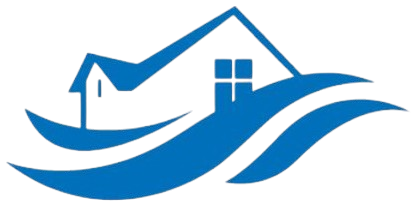Heating Unit Mold Cleanup in Holladay, Utah
Possible Causes of Mold in Heating Units
One common reason mold develops in heating systems is excess moisture. When humidity levels rise or there are leaks, moisture can seep into the ductwork or inside the unit itself. This creates an ideal environment for mold spores to settle and grow. Often, HVAC systems that aren’t maintained regularly can harbor hidden moisture pockets, making mold growth more likely.
Another contributing factor is poor airflow or inadequate ventilation. When air doesn’t circulate properly, it leads to stagnation and increased humidity within the heating unit. Over time, this stagnation encourages mold spores to colonize surfaces. Temperature fluctuations can also create condensation on cooling coils or duct walls, providing additional moisture that supports mold growth.
How Our Experts Can Fix Mold Problems in Your Heating System
Our team begins with a thorough inspection to identify all mold-affected areas within your heating unit. We utilize advanced moisture meters and specialized cleaning tools to accurately pinpoint the source and extent of the infestation.
Once we assess the situation, our technicians meticulously remove mold from affected surfaces. We apply hospital-grade antimicrobial solutions designed to eradicate mold spores and prevent future growth. This professional cleaning process ensures your heating system is safe and mold-free.
After sanitizing your system, we also focus on addressing the root causes. This may include sealing leaks, improving ventilation, or recommending updates to your insulation. These steps help create an environment that discourages mold re-growth. We also advise on ongoing maintenance and humidity control to keep your system clean long-term.
Why Choose Us for Your Mold Cleanup Needs
Our team offers unmatched expertise in mold remediation for heating units, ensuring you get the best possible results. We combine years of experience with state-of-the-art tools to remove mold completely and safely. Our technicians are certified and trained specifically for mold-related issues, giving you peace of mind that your system is in capable hands.
We understand the urgency and health risks associated with mold exposure. That’s why we prioritize swift response times and thorough services to protect your home and loved ones. Our team communicates clearly throughout the process, explaining each step and answering any questions you may have.
Furthermore, our commitment goes beyond just cleaning. We provide tailored solutions to prevent future mold growth, helping you maintain a healthy indoor environment. When you call us at (888) 884-7150, you’re choosing trusted experts dedicated to quality and customer satisfaction. We take pride in restoring safety and comfort to your heating system.
Frequently Asked Questions
What are the signs of mold in a heating system?
Unusual odors, visible mold patches, or unexplained allergy symptoms among household members can indicate mold presence. If your system produces musty smells or you notice decreased air quality, it’s time for an inspection.
Is professional mold removal necessary for heating units?
Yes. DIY cleaning may not eliminate all mold spores effectively and can sometimes spread spores further. Professional services ensure thorough removal, sanitization, and prevention of re-growth, keeping your home safe.
How long does mold cleanup take?
The duration depends on the extent of mold growth. Minor cases can often be addressed within a few hours, while extensive infestations might take longer. Our team provides a clear estimate during the initial assessment.
Can mold in my heating unit affect my health?
Absolutely. Mold spores can trigger allergic reactions, respiratory issues, or asthma symptoms. Removing mold promptly protects your health and improves your indoor air quality.
How can I prevent mold from returning after cleanup?
Regular maintenance, controlling indoor humidity levels, and ensuring proper ventilation are key. Our experts can recommend the best practices and system upgrades to help prevent future mold growth.
